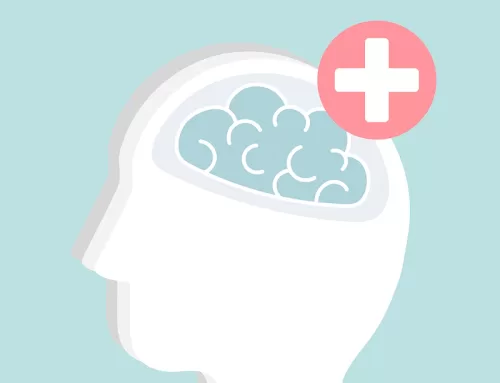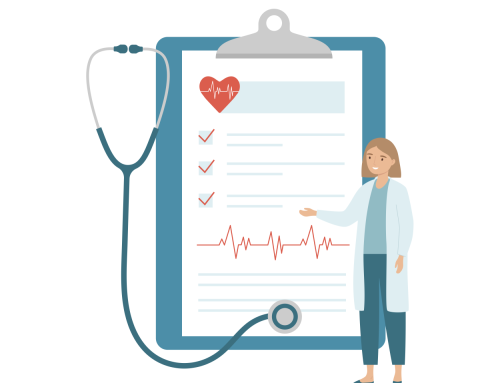| If you want to learn more about the implications of opioid addiction and how your organization can minimize risk and cost impact – Join us for our free webinar on June 29th “The Hidden Impact of Opioid Addiction.” Dr. John Milne of Avnew Health discusses topics from decreasing incurred costs in your health plan to reducing abuse among patients. Click here to register. |
According to the Centers for Disease Control, an estimated $25 billion of U.S. healthcare costs was attributed to the abuse of painkillers—otherwise known as opioids. Up to 36 million people worldwide struggle with opioid addiction.
 CNN recently revealed that health Insurance companies alone lose a total of $72.5 billion annually due to opioid addiction. Cigna is the most recent health insurance company to join the fight. By using patient data they are hoping to target overprescribing of prescription painkillers. Monitoring patient data and prescription history Cigna flags high-risk customers and notifies doctors about the patient’s history of opioid use or their high-risk behavior which puts the patient at risk for new prescriptions.
CNN recently revealed that health Insurance companies alone lose a total of $72.5 billion annually due to opioid addiction. Cigna is the most recent health insurance company to join the fight. By using patient data they are hoping to target overprescribing of prescription painkillers. Monitoring patient data and prescription history Cigna flags high-risk customers and notifies doctors about the patient’s history of opioid use or their high-risk behavior which puts the patient at risk for new prescriptions.
The program also includes Cigna refusing to pay for prescriptions. For example, if the patient somehow receives a prescription and goes to get it filled, Cigna will simply not pay. If a high risk patient does need a form of narcotics, Cigna can put restrictions on where and how the patient can get it filled.
Health insurance companies and providers working together is a big step in the right direction for easing the opioid epidemic. Cigna isn’t the first health insurance company to implement such a plan. Both BCBS Massachusetts and Aetna have implemented similar programs with great success.
- BCBS Massachusetts eliminated around 21.5 million “doses” of opioid medicines in its community*
- Aetna has been “monitoring its claims database for signs of “above-normal use” in prescription painkillers and a large number of emergency visits. From 2010 to 2012, the company was able to decrease the number of opioid prescriptions by 14%.*”
The opioid epidemic is a real concern, not only for the patients, but also for health plans, pharmacies, and providers under the care umbrella. Understanding the warning signs within provider networks to prevent addictions from the start is key to minimizing the risk and cost impact to all healthcare organizations.
* “Health insurance companies step up to fight the opioid epidemic,” CNN. May 19, 2016. http://www.cnn.com/2016/05/19/health/health-insurance-companies-opioid-epidemic/index.html






